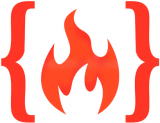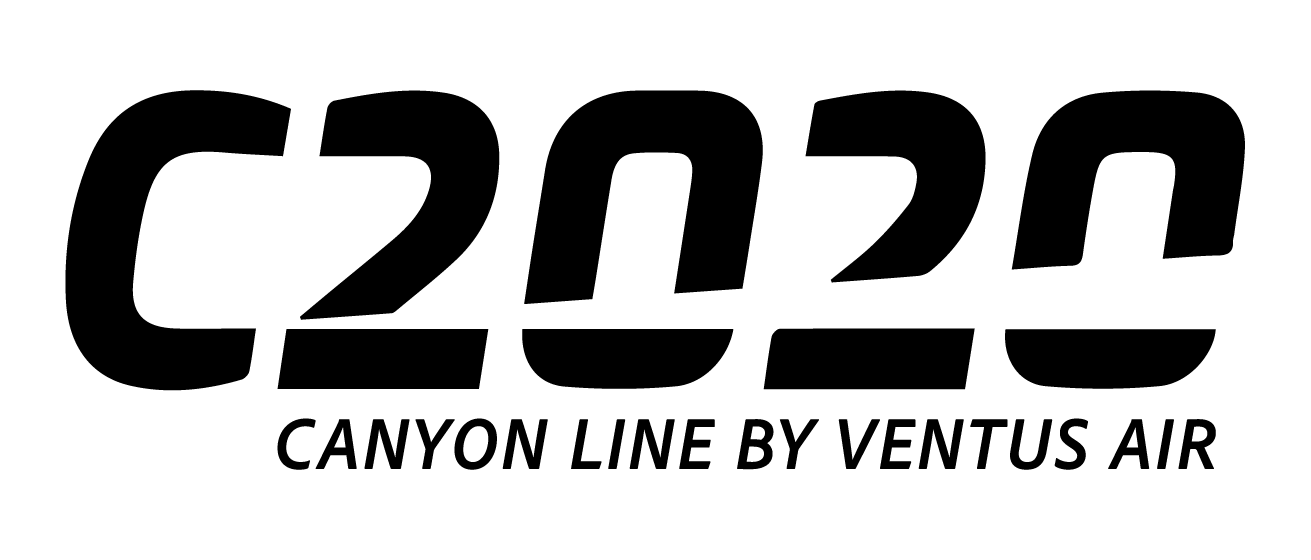Material & Fire Standards
PVC Material - General Information
Durable, Fire Resistant, Environmentally Friendly
- Ideal for both outdoor and indoor use.
- The best solution to condensation. No more issues with condensation, fungi, or bacterial growth.
- 100% waterproof; it does not rot.
- It accepts any type of paint, including eco-friendly options.
- It is made from recyclable material.
- High recycled content & recyclable product.
- Contribution to building energy efficiency, if used in the building envelope.
- Lightweight material compared to plasterboard, metal, and steel.
- Easy and quick installation.
- Excellent aesthetic result.
- Our material has zero emissions and volatile organic compound content.
Technical Specifications
| Property | Test Method | Units | Value |
|---|---|---|---|
| Density | DIN 53479 | g/cm³ | 0.55 |
| Hardness | DIN 53505 | Shore ‘D’ | ≥ 42 |
| Water Absorption | DIN 53495 | % | ≤ 1.0 |
| Tensile strength* | DIN 53455 | MPa | ≥ 15 |
| Elongation at break** | DIN 53455 | % | ≥ 15 |
| Modulus of elasticity | DIN 53457 | MPa | 900 - 1500 |
| Impact strength Izod | ASTM D 256 | KJ/ m² | ≥ 9.0 |
| Impact strength Charpy | DIN 53253 | KJ/ m² | ≥ 15 |
| Flexural strength | DIN 53452 | MPa | > 32 |
| Compressive Strength at 10% Deformation | DIN 53421 | MPa | > 6.5 |
| Surface resistivity | ASTM D 257 | Ω | > 1 x 10¹⁴ |
| Volume resistivity | ASTM D 257 | Ω-cm | > 1 x 10¹⁵ |
| Dielectric Constant at 1 MHZ | ASTM D 150 | F/m | 1.56 |
| Dielectric strength | DIN 53481 | KV / cm | ≥ 90 |
| Vicat softening temperature | DIN 53460 | °C | ≥ 73 |
| Heat Deflection temperature @ 1.8 MPa | DIN 53461 | °C | 58 |
| Coefficient of Linear Expansion | DIN 53752 | mm / m °C | 0.08 |
| Thermal conductivity | DIN 52616 | W / m K | 0.05 |
| Flammability | EN 13501-1 | FIGRA 0,2 (W/s) | Class B |
| Flammability | EN 13501-1 | FIGRA 0,4 (W/s) | Class B |
| Smoke Production | EN 13501-1 | SMOGRA (m²/s) | Class s1 |
| Flaming Droplets | EN 13823 | pc | Class d0 |
Fire Specifications
The EN-standard is based on a test for the actual materials response to fire, smoke development and droplets while burning. EN‐classification Standards:

| Fire behaviour | Class A1 | (highest level) |
| Class A2 | (not burnable materials) | |
| Class B | (inflammable materials) | |
| Class C | (normal flammable materials) | |
| Class D | (normal flammable materials) | |
| Class E | (normal flammable materials) | |
| Class F | (not classified materials) | |
| Smoke development | Class S1 | (Very limited smoke development) |
| Class S2 | (Limited smoke development) | |
| Class S3 | (no demands on smoke development) | |
| Burning droplets | Class d0 | (No burning droplets or particles) |
| Class d1 | (limited burning droplets) | |
| Class d2 | (no demands on burning droplets) |

B-s1, d0
Euro Air Textile Materials (HDC and DFC-line) are certified and approved.
The table below shows our main export countries standards and what test textile materials have passed.
| Country | Tested according to | Classification |
|---|---|---|
| EU | EN 13501‐1 | Class B‐S1, d0 |
| Germany | DIN EN 13501‐1 DIN 4102 | Class B‐S1, d0 Class B1 (flame retardant) |
| Austria | ÖNORM EN 13501‐1 ÖNORM b 3800 | Class B‐S1, d0 Q1 (limited smoke development) |
| Holland | NEN EN 13501‐1 | Class B‐S1, d0 |
| France | NFP 92501‐1 | M1 (Non‐combustible) |
| England | BS 476, Part 6 MoD HH52/92 | Class 1 (expected to pass) Passed |
| USA (Underwriters lab.) | NFPA 90A‐1993 | < 25 Smoke developed index < 50 Passed |

